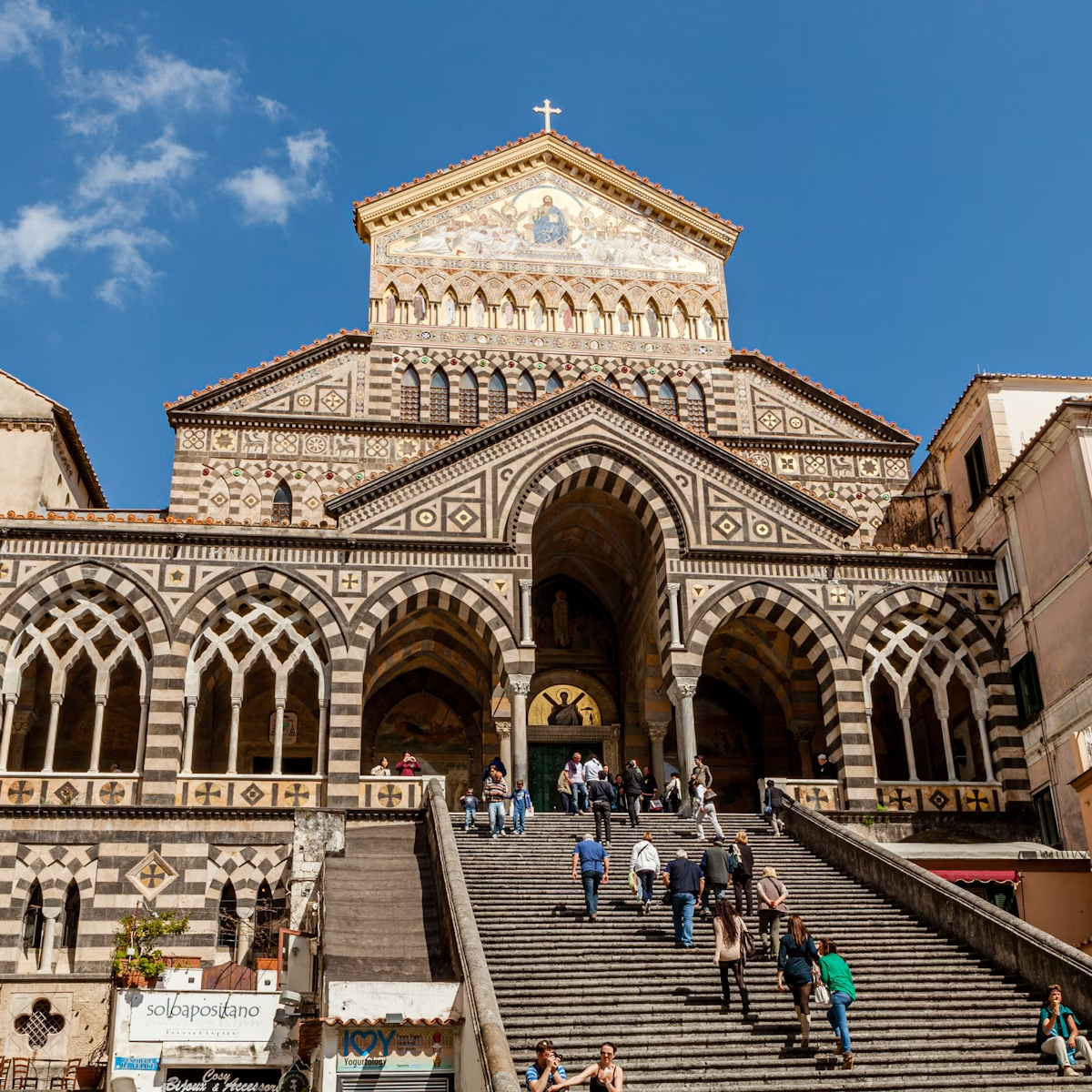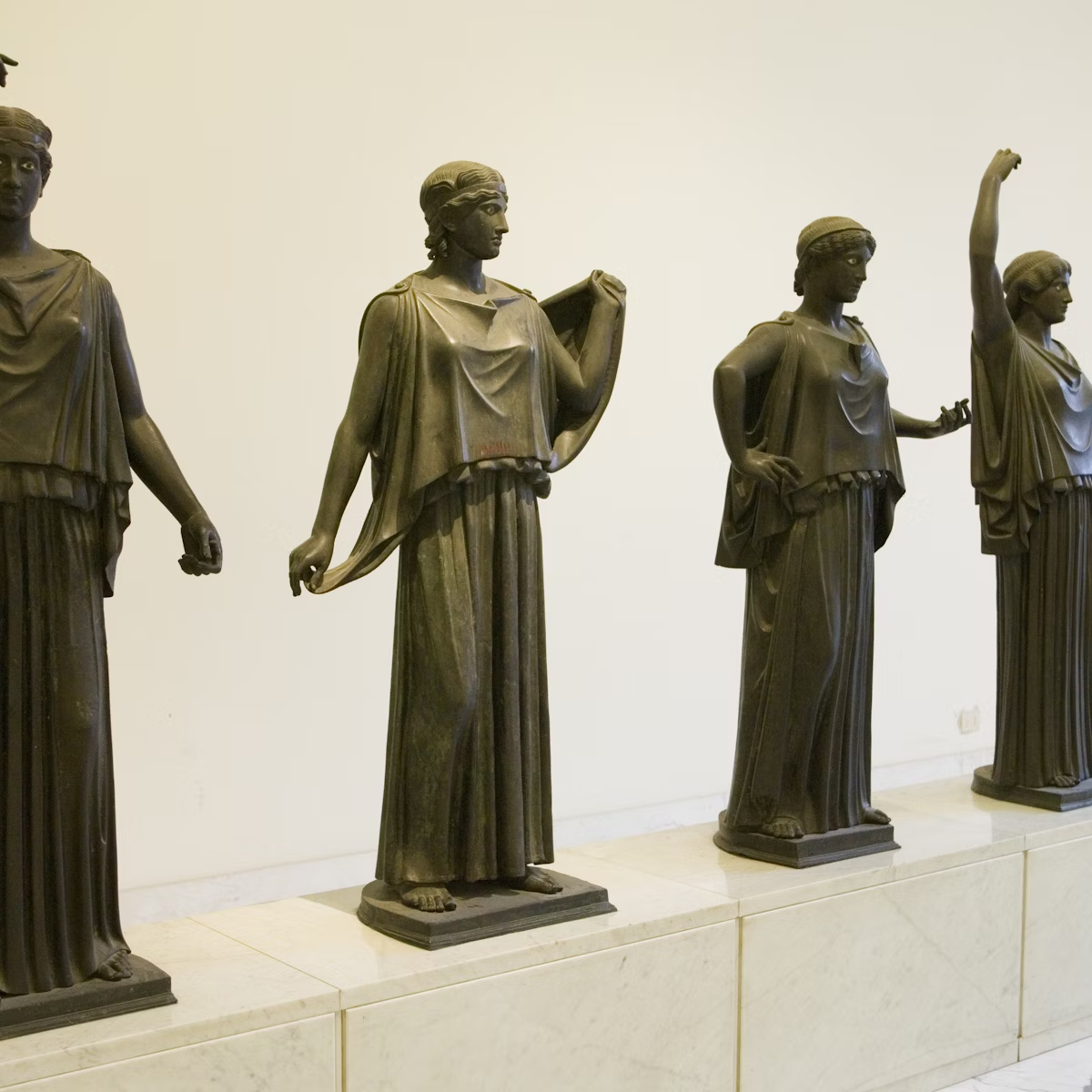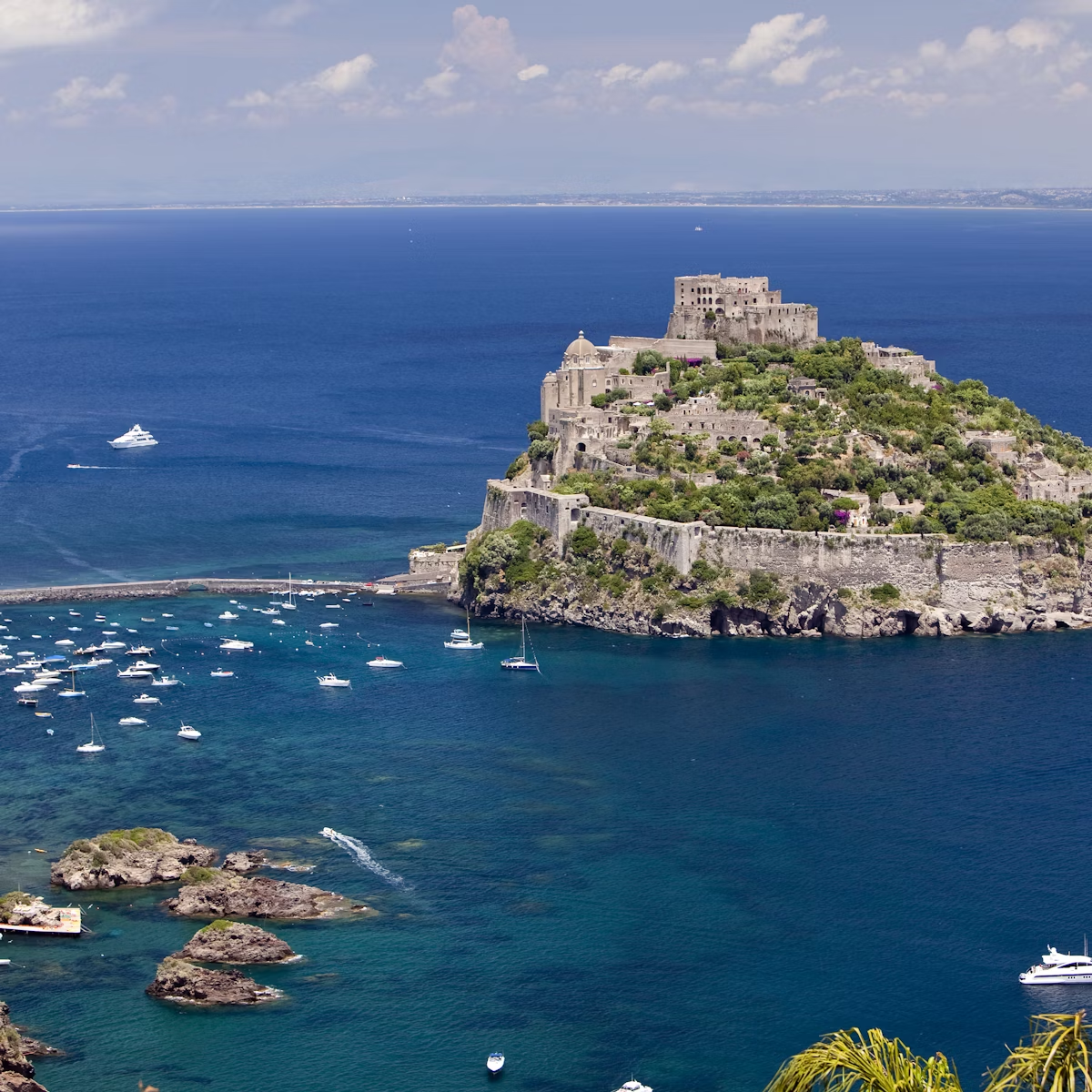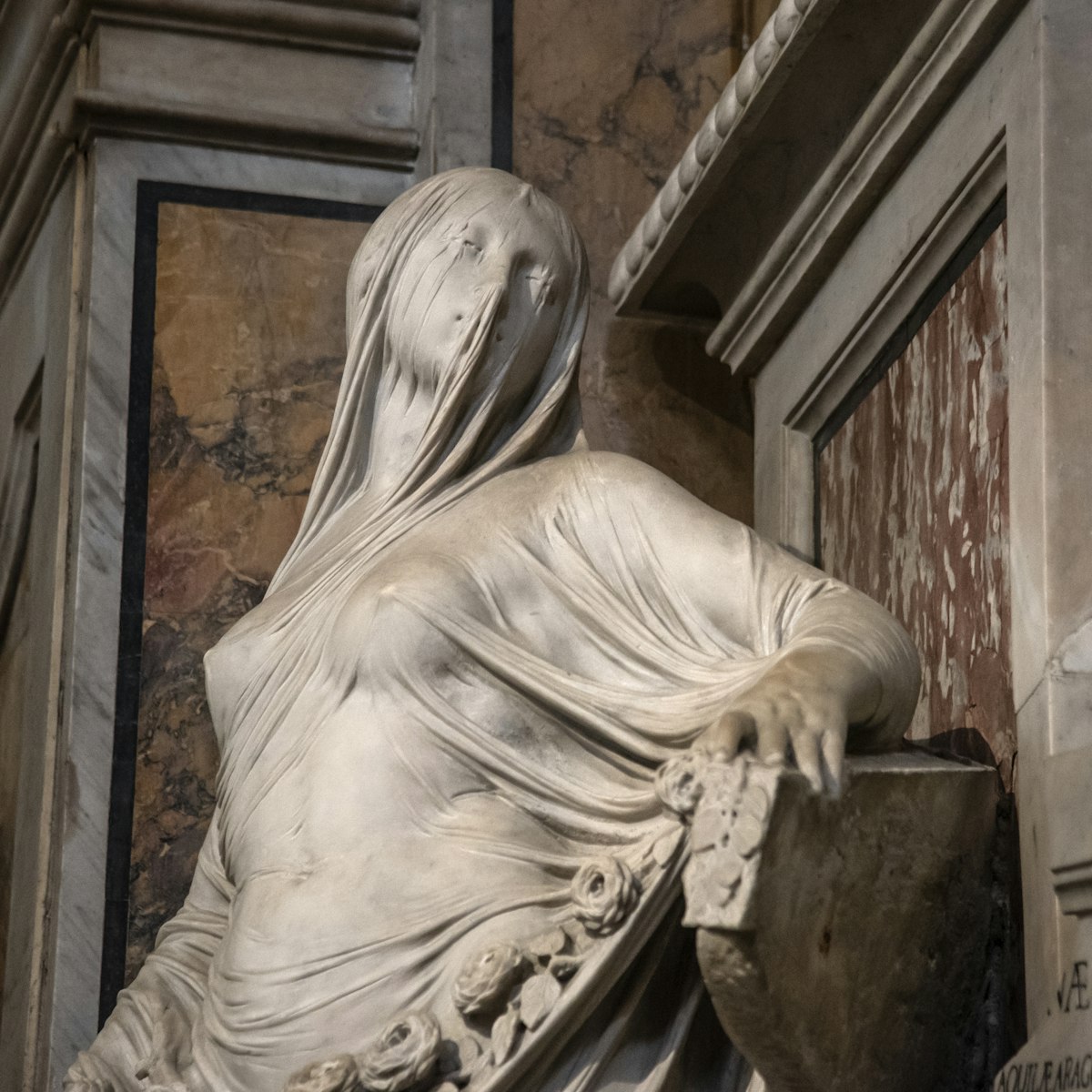Overstatement knows no bounds at this richly ornamented 16th-century monastic complex. The church packs a visual punch with its lavish wood and papier-mâché choir stalls, sumptuous altar by Dionisio Lazzari, and Luca Giordano's masterpiece fresco The Embarkation, Journey and Arrival of the Armenia Nuns with the Relics of St Gregory. Excess gives way to soothing tranquillity in the picture-perfect cloisters, accessible through the gate on Vico Giuseppe Maffei.
Giordano's famous fresco recounts the 13th-century exile of nuns fleeing persecution in Constantinople. Once in Naples, the holy escapees set up this monastic complex, naming it after the Bishop of Armenia, San Gregorio, whose earthly remains they were carrying with them. More famously, though, they also kept the relics and dried blood of Santa Patrizia (St Patricia), who, having escaped from Constantinople, died in Naples sometime between the 4th and 8th centuries. Patricia's powdered blood is said to liquefy every Tuesday, unlike that of Naples' patron saint, San Gennaro, which can only manage it three times a year.
The cloisters feature a whimsical baroque fountain embellished with masks, dolphins and sea horses, and two exquisite statues portraying Christ and the Samaritan by Matteo Bottigliero. At the southern end is the convent's old bakery, which is still hung with cooking utensils. Close by is the Cappella della Madonna dell'Idria. Adorned with paintings by baroque artist Paolo de' Matteis, the chapel is the only remnant of the original medieval convent.
From the cloisters you can enter the beautifully decorated coro delle monache (nuns' choir stall), which looks down on the church nave and altar. If you're lucky, you might catch a glimpse of the choir's 612-year-old wooden nativity scene, usually hidden away in a cabinet on the southern wall. Either way, take note of the discreet windows lining the oval cupola above the choir stall. These belong to a secret second choir stall, hidden so that even ill, bed-ridden nuns could attend Mass.







